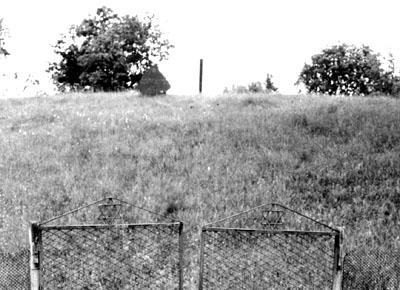 WW2 History of Europe
ww2 history
WW2 History of Europe
ww2 history
A dozen survivors of the Skaudvile Jews
Listing Details
Description
Situated on the Ancia river in western Lithuania, the town of Skaudvile had a Jewish population of 1,590 in 1941.
In September, units of the Nazi SS Einzatsgrupen 'A' attached to the Army Group North, entered the town. Their orders were to kill all Jews "infected with communism". In conjunction with Lithuanian paramilitary units and civilians, who displayed a willingness and a passion for the killing of their fellow Jewish neighbours, all Jews were herded into the town's square.
There the men were separated from their wives and children and marched the four kilometres to the Puzai Forest where they were all shot and killed. A few days later, all the women and children (about 800) were loaded onto trucks and driven to the Gryblaukis Forest to be murdered in a most brutal fashion.
There were about a dozen survivors of the Skaudvile Jews.
Mass Burial Sites for the Jewish People of Skaudvile, Lithuania
The Puzai Forest four kilometers from Skaudvile. Three hundred men are buried here. They were murdered on July 15, 1941.
The Gryblaukis Forest in Batakiai , twenty-two kilometers north-east of Tavrig on the Tavrig-Skaudvile road. One thousand Eight Hundred women and children are buried here They were murdered September 21, 1941.
The Town of Upyna , Within the Jewish Cemetery, there are one hundred victims buried there. They were murdered in the latter part June in 1941
About 240,000 Jews lived in Lithuania prior to the German invasion, only between six and seven thousand survived. Today, Skaudvile has a population of around 3,000 but none are Jewish.

